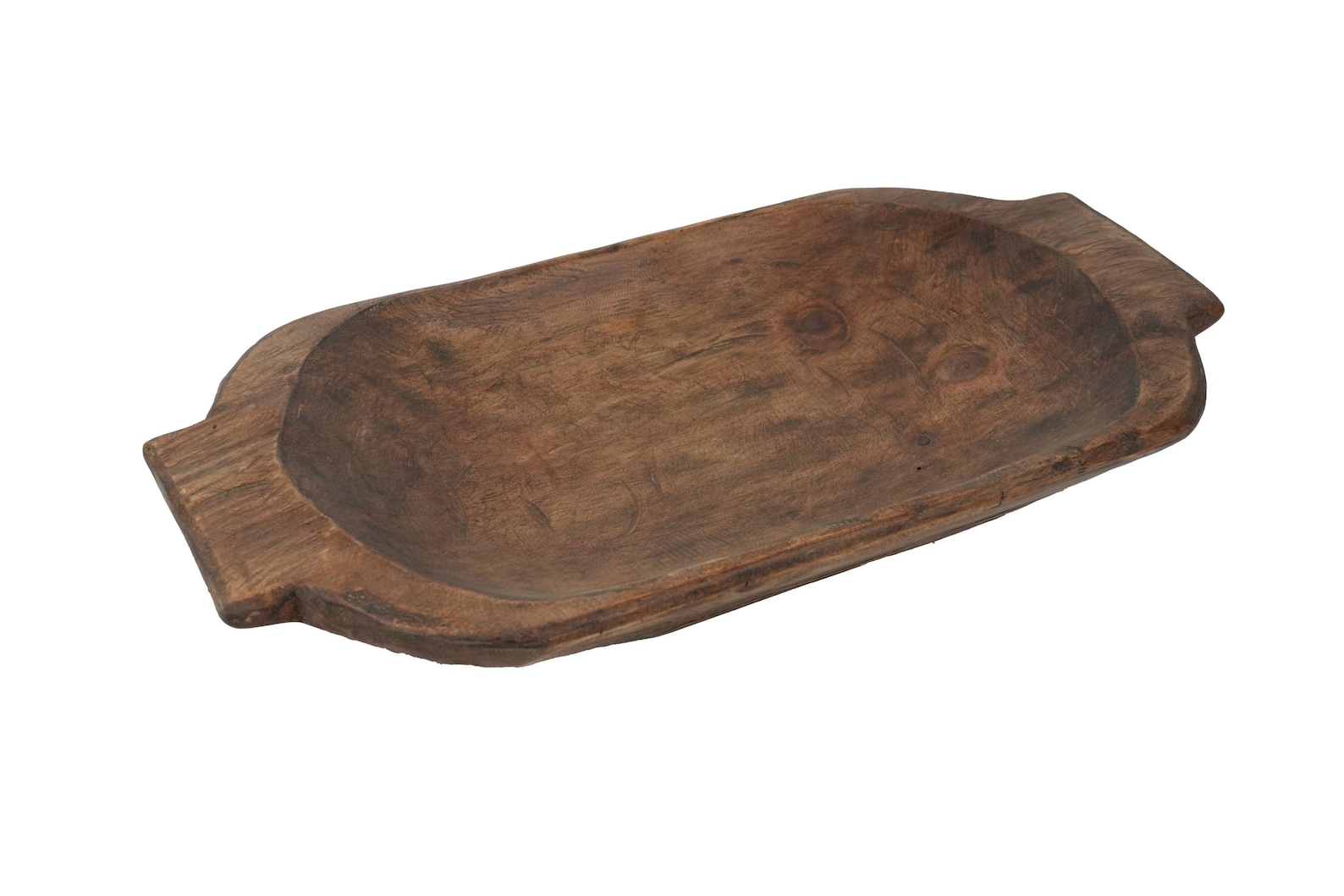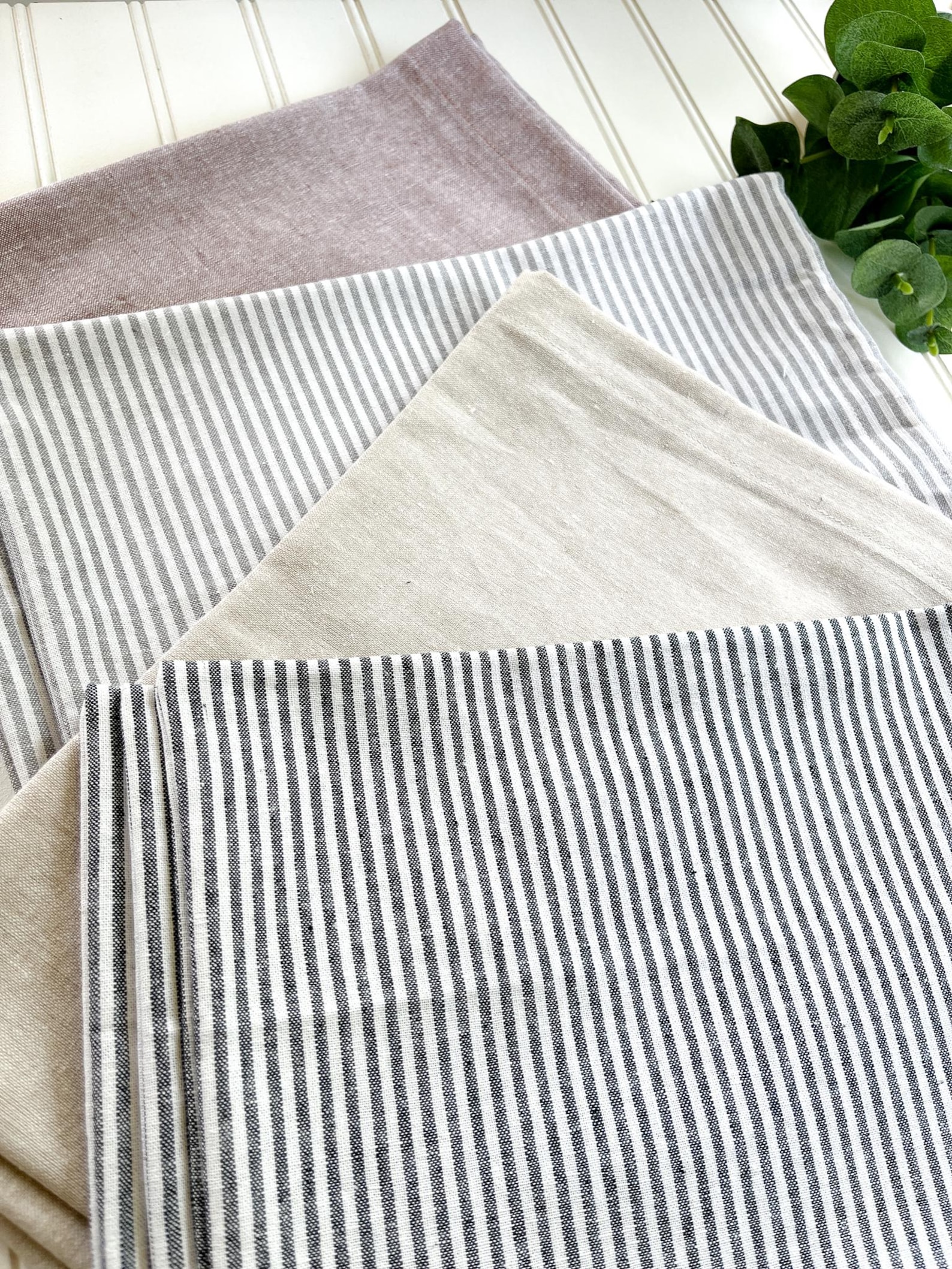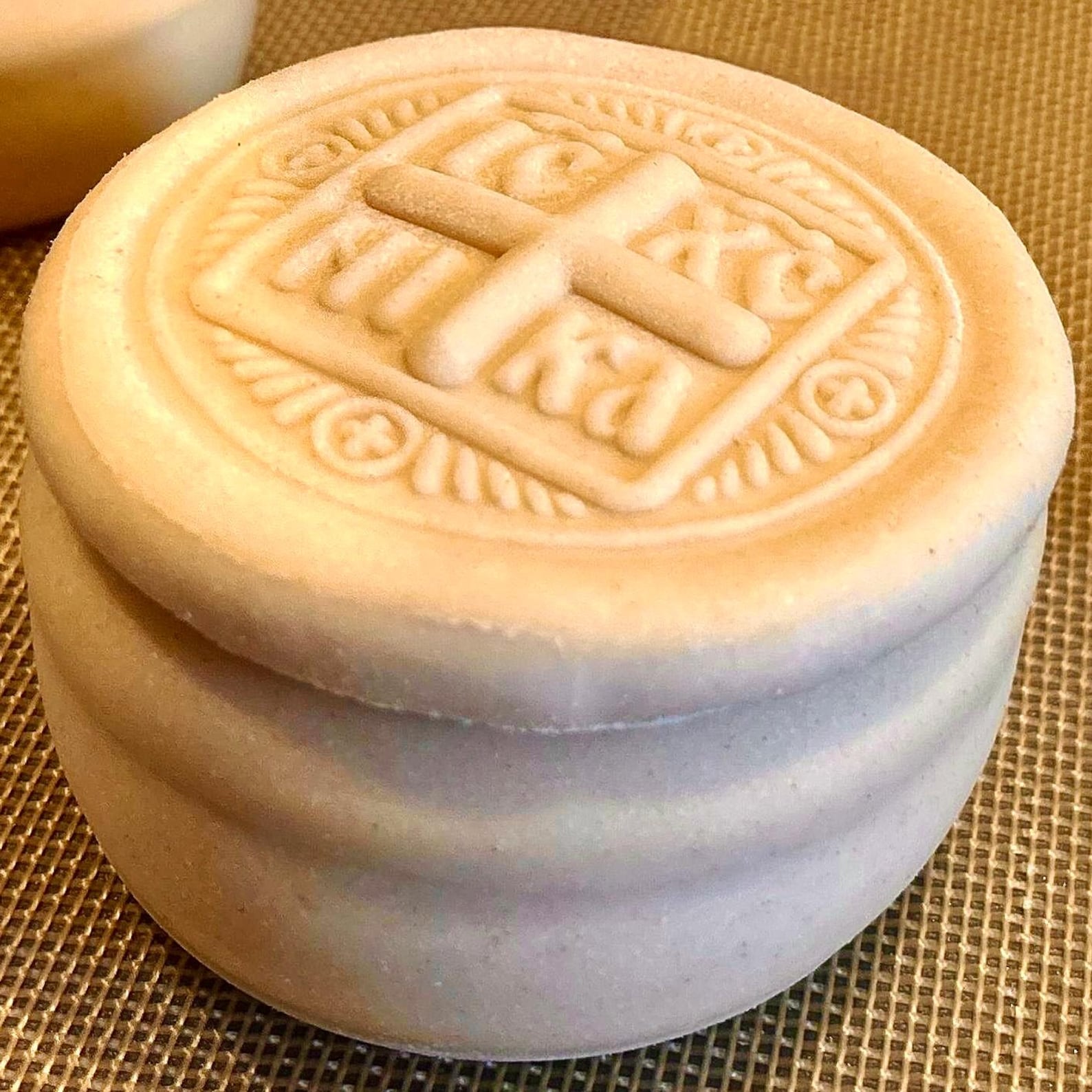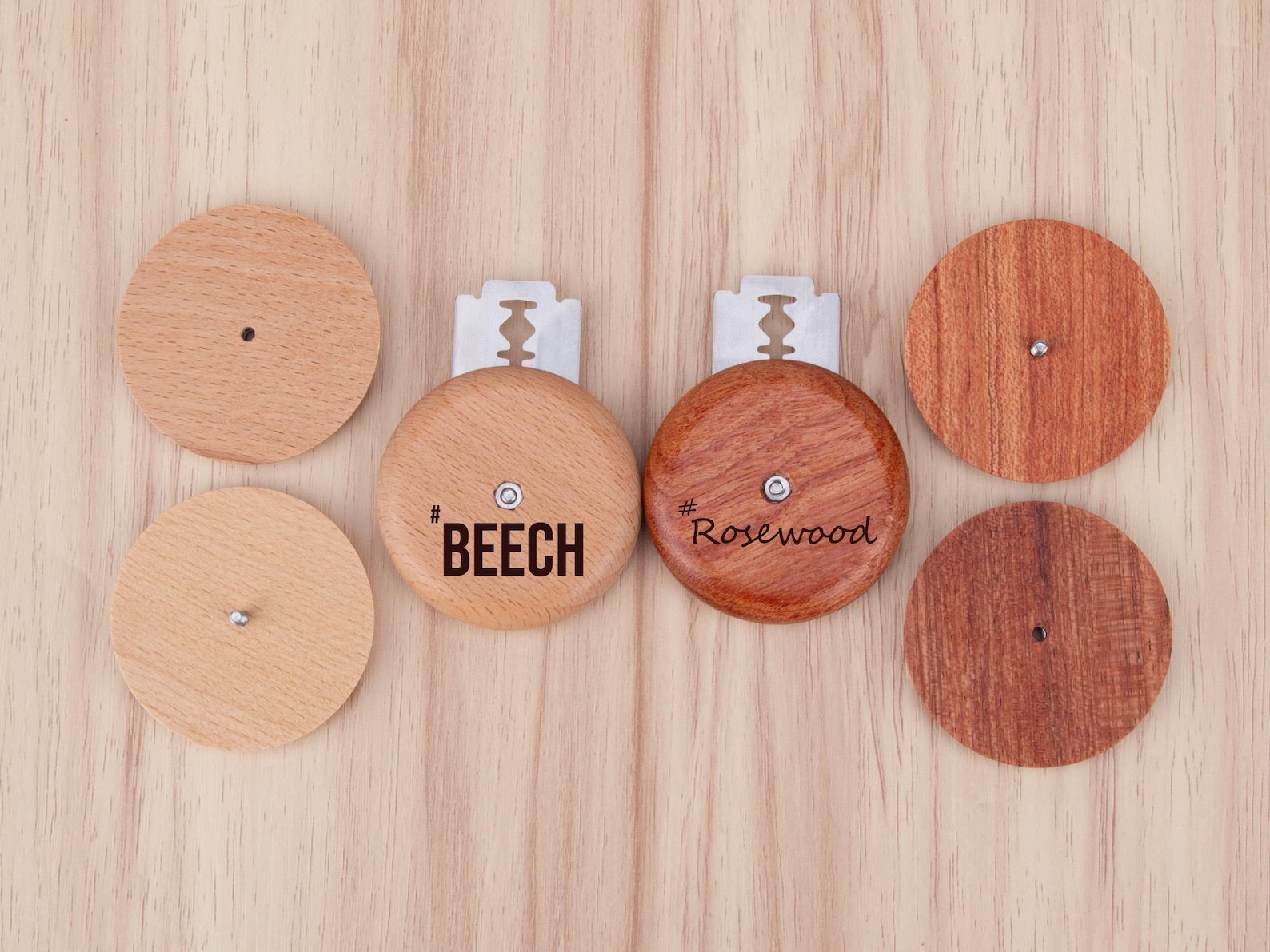
Originally published 8/30/2015 / Updated 10/2/2025
Introduction
Can you imagine eating two to three pounds of bread a day? Or washing it down with a gallon of ale? During the late medieval and early modern period, that was the standard ration for households and garrisons alike. Bread wasn’t just food—it was the staple at every table. It appeared as trenchers, used as edible plates, or as the fine “table bread” known as pain de mayne or manchet.
The Menagier de Paris even instructs his wife that four-day-old trencher bread was best for entertaining, as it held its shape beneath sauced meats. From castle to cottage, bread marked rank: the nobility received pale white wheat bread, while darker maslin loaves went to servants. This post focuses on one of the most celebrated “white breads” of Elizabethan England: manchet.
What is manchet?
Manchet was the “best” white household bread of the late Tudor and early Stuart period. These were small, hand-sized loaves or rolls made from double-bolted flour (finely sifted to remove bran and germ), yielding a pale crumb and firm crust.
Leavening
Recipes call for a piece of old dough (sourdough-style leaven) opened with water and mixed with ale barm—brewer’s yeast skimmed from fermenting ale. In a modern kitchen, this is easily mimicked with commercial yeast and a splash of mild ale.
Deep dive: see my pillar post on White Bread in Early Modern England.
Historical Recipe
The following comes from The Good Huswifes Handmaide for the Kitchin (1594), under the title “The making of manchets after my Ladie Graies use.” It is one of the earliest printed bread recipes in English.
Take two peckes of fine flower, which must be twice boulted, if you will have your manchet verie faire: Then lay it in a place where ye doe use to lay your dowe for your bread, and make a litle hole in it, and put in that water as much leaven as a crab, or a pretie big apple, and as much white salt as will into an Egshell, and all to breake your leaven in the water, and put into your flower halfe a pinte of good Ale yeast, and so stir this liquor among a litle of your flower, so that ye must make it but thin at the first meeting, and then cover it with flowre, and if it be in the winter, ye must keepe it verie warm… Of one pecke of flower ye make ten caste of Manchets faire and good.
Modern Recipe 🥕
Dietary Notes: 🥕 Vegetarian. Use gluten-free flour blends for GF; substitute gluten-free ale for beer. Vegan-friendly if made with water only (omit milk/egg). Contains: gluten.
Ingredients
- ¼ cup ale or beer + lukewarm water to equal 2 cups
- 2 tbsp dry yeast
- 1 tbsp salt
- 2 cups whole wheat flour
- 4 cups all-purpose flour
Method
- Mix the yeast with ale and water. Let soften until foamy.
- Stir in salt, then begin adding flour gradually until a dough forms (about 4½–5 cups).
- Knead until smooth and elastic. Cover and let rise until doubled, 1–2 hours.
- Turn onto a floured surface, divide into loaves or rolls. Flatten slightly and slash tops if desired.
- Proof until doubled again, 30–45 minutes.
- Bake at 400°F until golden brown and hollow-sounding when tapped, 25–30 minutes for rolls, longer for loaves.
Yield: 6 “Elizabethan” rolls, 8 dinner rolls, or 2 medium loaves.
Note: A peck is technically a volume (~2 gallons dry). In practical cookery, it’s often approximated as 14 pounds of flour.
Cultural & Culinary Notes
- Cookbook background: The Good Huswifes Handmaide for the Kitchin (1594) is a popular printed English cookbook, reprinted into the 17th century.
- Menu placement: Manchet was household “table bread,” served at nearly every meal, unlike trenchers which served as plates.
- Humoral theory: White wheat bread was considered more “balanced” and suitable for the nobility than coarse bran breads, which were thought to be more filling but less wholesome.
- Modern substitutions: Sourdough starter can stand in for old dough. Any mild ale will mimic barm flavor. For lighter texture, replace part of the whole wheat with bread flour.
More from Give it Forth
- White Bread in Early Modern England – Pillar Post
- Rastons (Harleian MS. 279)
- Dutch “van coeck te backen” bread with barm
- Robert May – To make French Bread the best way
Bread-Making Tools & Kitchen Finds
Bring a touch of history into your kitchen with these rustic, period-inspired bread tools:




Sources
- The Good Huswifes Handmaide for the Kitchin (1594). Early English Books Online; modern transcription via S. Wallace (2011).
- Lorwin, M. (1976). Dining with William Shakespeare. NY: H. Wolff.
- May, R. (1685). The Accomplisht Cook. Project Gutenberg edition.

No comments:
Post a Comment
Thank you for taking the time to leave a comment on this blog. Please note blatant advertisements will be marked as spam and deleted during the review.
Anonymous posting is discouraged.
Happy Cooking!
Note: Only a member of this blog may post a comment.